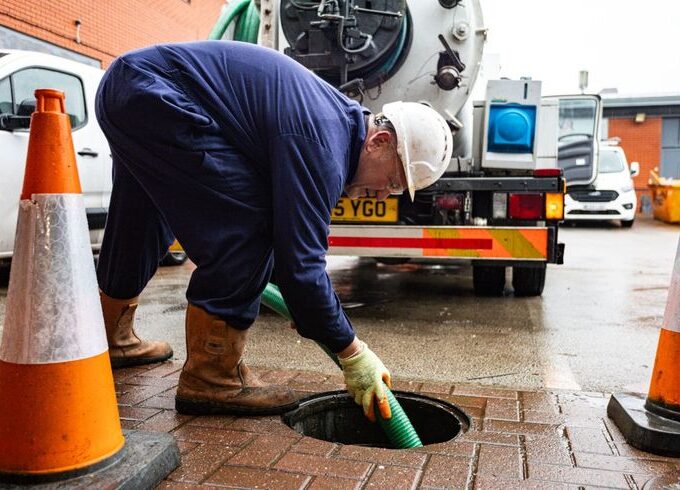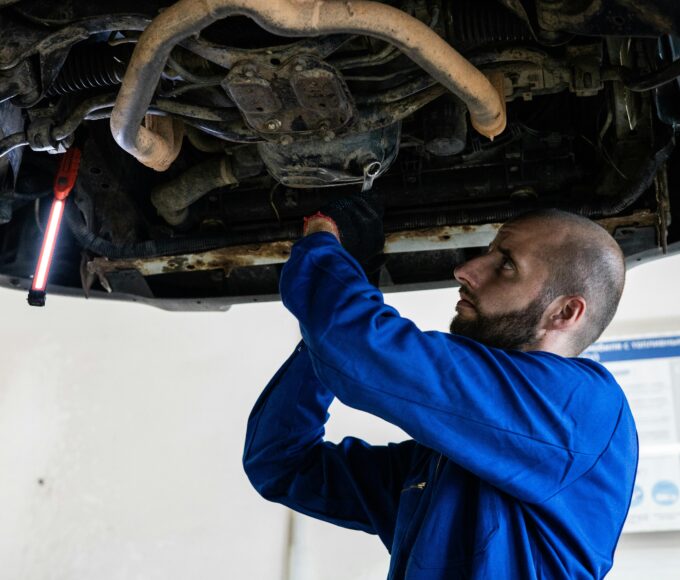Are you ready to experience the trip-of-a-lifetime on a cruise ship? Whether this is your first time sailing or you’re an experienced cruiser, it’s essential that you understand how to stay safe onboard. There are several steps and safety tools crucial for having a carefree voyage. From knowing where lifeboats and life jackets are located, to paying attention during safety briefings – here’s what you need to know before hopping aboard for your ultimate ocean journey.
Learn the boat’s safety and emergency procedures – know what to do in case of a storm or an accident
Whether you’re a seasoned boater or a beginner, it’s important to learn safety and emergency procedures before setting sail. Knowing how to handle a storm or an accident could be the difference between life and death. Familiarize yourself with the boat’s safety equipment and location, such as life jackets, flares, fire extinguishers, and emergency exits. Practice drills with your crew, so everyone knows what to do in case of an emergency. Remember, boating can provide endless joy and adventure, but it also comes with risks. Take the necessary precautions and educate yourself on proper safety and emergency protocol to ensure a successful and enjoyable trip.
Familiarize yourself with the boat’s layout and where all the exits are located
Before embarking on a boating adventure, it’s important to familiarize yourself with the boat’s layout. This means taking the time to understand where everything is located, from the control panels to the life jackets. One essential aspect of this is identifying all the exits on the boat. Knowing where the exits are located can be a matter of life and death in case of an emergency. Whether it’s a small pleasure boat or a larger vessel, every boater should take the time to study the layout of the boat and be aware of all the exit points. So, before setting sail, take a few minutes to get acquainted with the boat’s layout and stay safe on the water!
Bring a flashlight, whistle, and other essential safety equipment on board
Before boarding any boat or vessel, it’s important to make sure you have all of the necessary safety equipment on hand. In addition to life jackets and emergency rafts, a flashlight, whistle, and other gear can be critical in the event of an emergency. A flashlight can help you navigate dark or dimly lit areas of the boat, while a whistle can help you call out for help if you’re ever in distress. And don’t forget about other essentials like a first aid kit, fire extinguisher, and flares. While hopefully, you’ll never need to use any of these items, it’s always better to be prepared and have them on board, just in case. So before setting sail, take a few extra minutes to double check that you have all the necessary safety equipment with you.
Wear a life jacket at all times when on deck or in unstable waters
The joy and freedom of being on the water is unparalleled, but just like any outdoor activity, it comes with its own safety rules. One of the most important rules is to wear a life jacket at all times when on deck or in unstable waters. It might seem like an inconvenience to wear them all the time, but it’s crucial to remember that accidents can happen anytime, anywhere. Being vigilant and prepared with the right gear can make all the difference in an emergency situation. The last thing anyone wants is for their trip to end in disaster. So, whether you’re an experienced boater or a beginner, make sure that you always have your life jacket on before you set sail. It’s a simple, yet crucial, step that can potentially save your life.
Know your location by using a GPS or compass if you get lost at sea
Being lost at sea can be a terrifying experience for even the most experienced sailors. However, with the help of tools like GPS or compass, it’s possible to navigate your way back to safety and prevent a disastrous outcome. GPS can pinpoint your exact location, and with the help of a map, you can chart a course to safety. On the other hand, a compass can help you orient yourself in the right direction, and you can use it to follow the right course based on your marine charts. Knowing how to use these tools can help you stay safe and avoid getting lost at sea. After all, the sea is a vast and unpredictable place, and it pays to be prepared for any eventuality. Visit Sydney boat hire website and browse various cruises and boats for your trip.
Practice basic first aid techniques, such as CPR and treatment for hypothermia
Knowing how to properly administer basic first aid techniques can be a valuable skill to have, as it can mean the difference between life and death in an emergency situation. Cardio-Pulmonary Resuscitation, or CPR, is one such technique that, when done correctly, can keep oxygenated blood flowing to vital organs until medical help arrives. Similarly, hypothermia can be a serious and potentially life-threatening condition that requires immediate treatment to raise the body’s core temperature. By knowing and practicing these techniques, you can not only feel more confident in your ability to handle emergency situations, but you may also be able to help save someone’s life.











